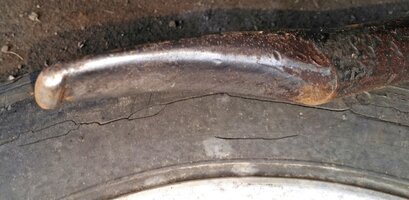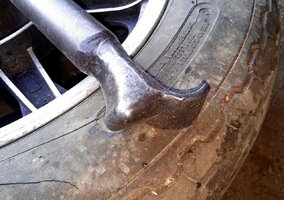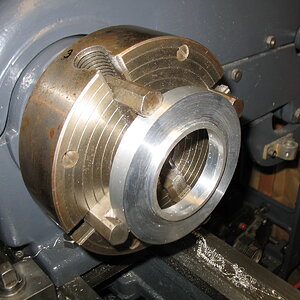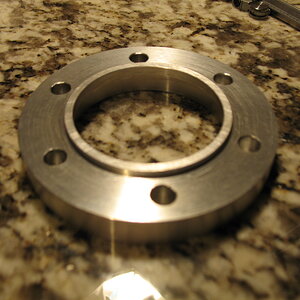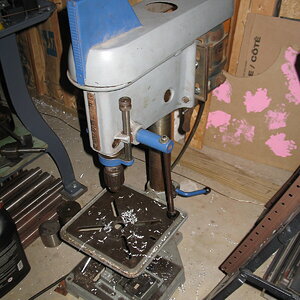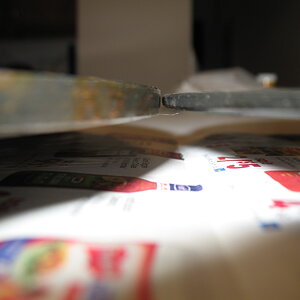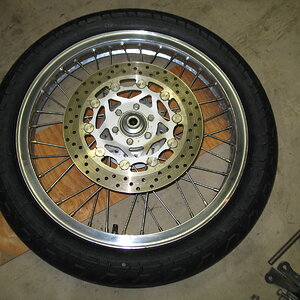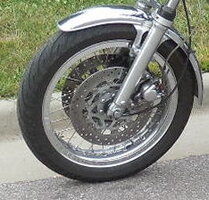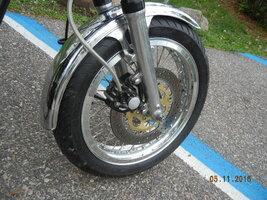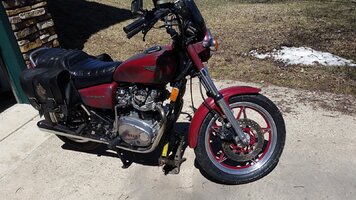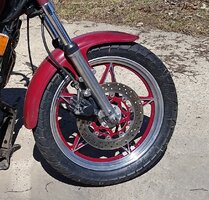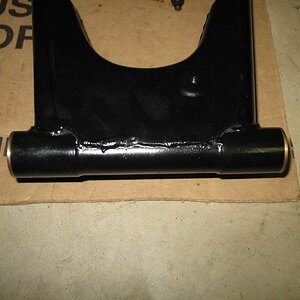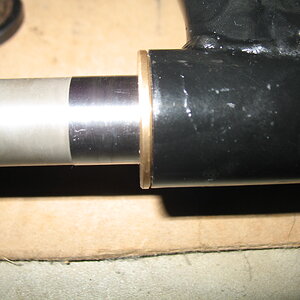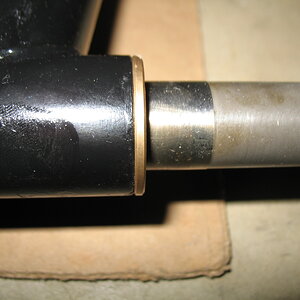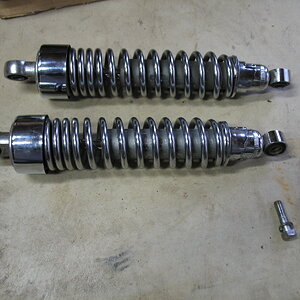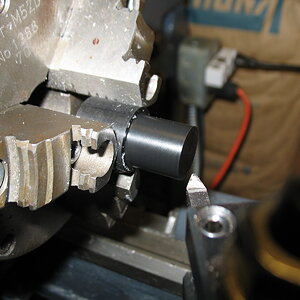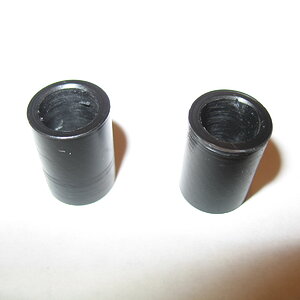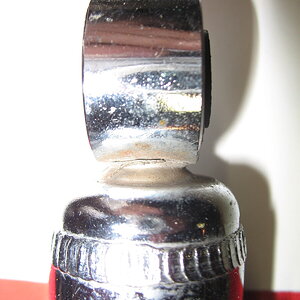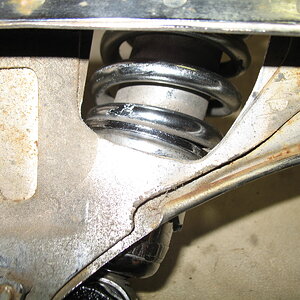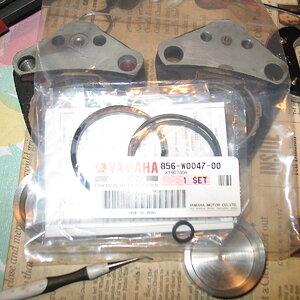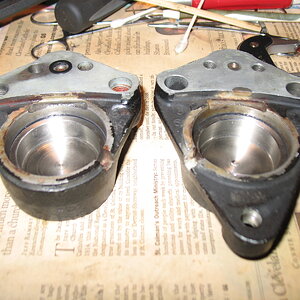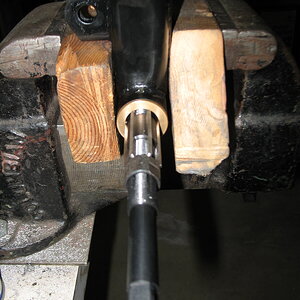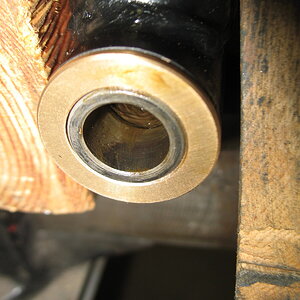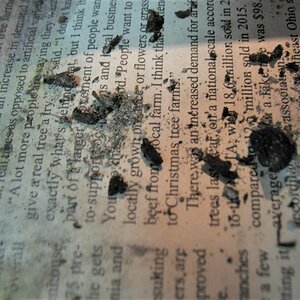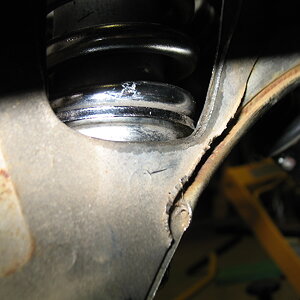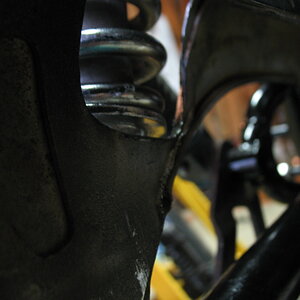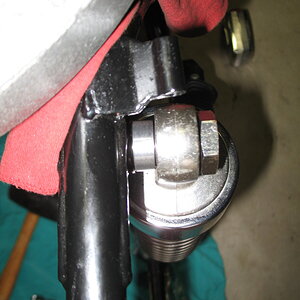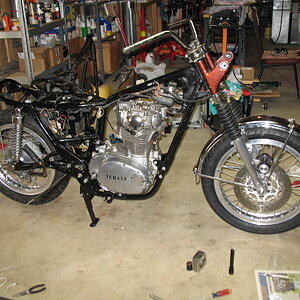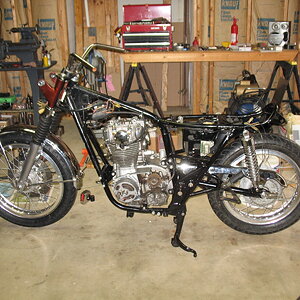I made my own changer bar for my HF motorcycle tire changer. I couldn't see paying $100+ for one. I found a place that sold replacement plastic ends for their bar, so I just bought those (around $20) .....
http://www.wikco.biz/mc110.200.htm
I studied all the pics I could find of the ready-made bars and made mine from a length of 1" square tubing. At first, the dismount end worked fine but the mounting end didn't work at all, lol. I couldn't find any good pics of that end so I just sorta winged it ..... and got it wrong, lol. When I finally did find a good pic of that end, it was obvious what I did wrong .....

I didn't angle the end of the square tube, holding it back from the end of the angle on one side. I made the whole end flush, and it just kept popping out .....


So, I fixed it, lol .....

..... and now it works fine. The bead of the tire sits on that little bit of angle exposed by angling the square tube back and holds the bar in .....

http://www.wikco.biz/mc110.200.htm
I studied all the pics I could find of the ready-made bars and made mine from a length of 1" square tubing. At first, the dismount end worked fine but the mounting end didn't work at all, lol. I couldn't find any good pics of that end so I just sorta winged it ..... and got it wrong, lol. When I finally did find a good pic of that end, it was obvious what I did wrong .....
I didn't angle the end of the square tube, holding it back from the end of the angle on one side. I made the whole end flush, and it just kept popping out .....
So, I fixed it, lol .....
..... and now it works fine. The bead of the tire sits on that little bit of angle exposed by angling the square tube back and holds the bar in .....

